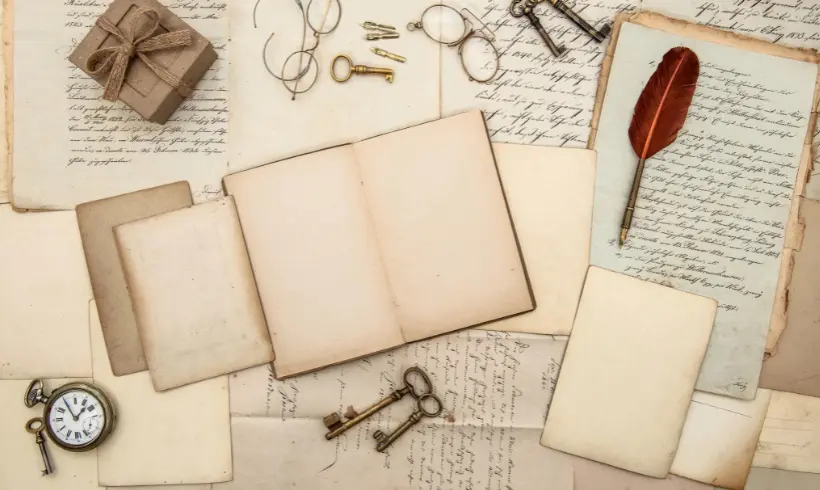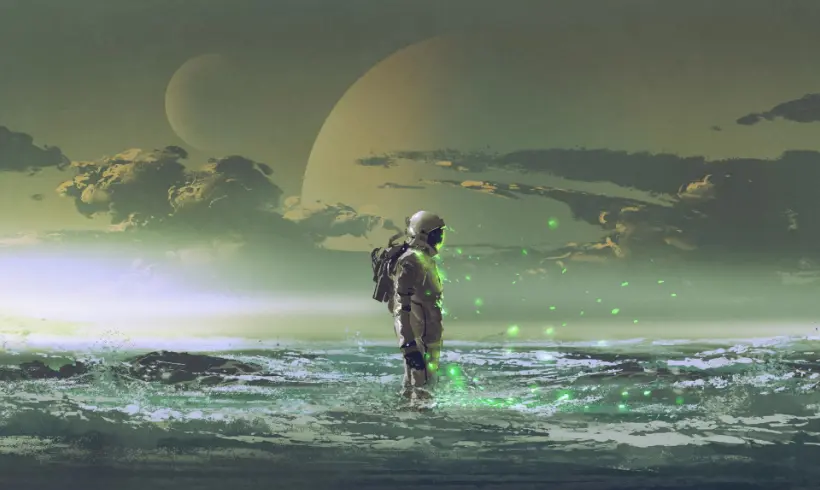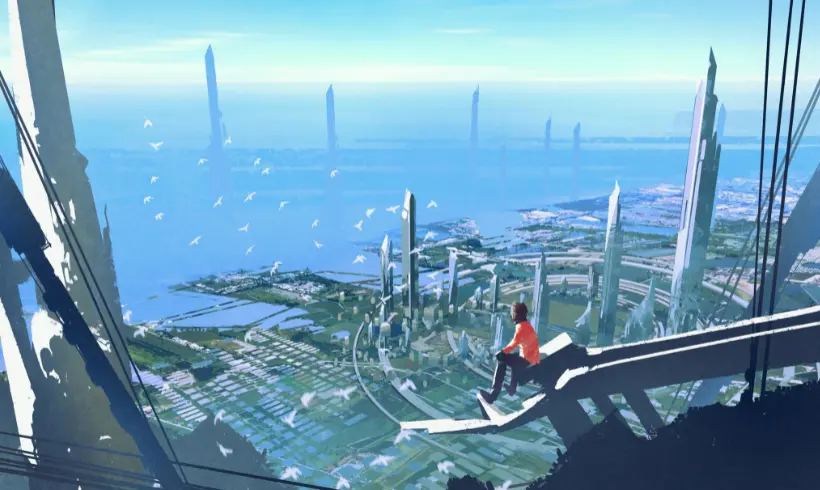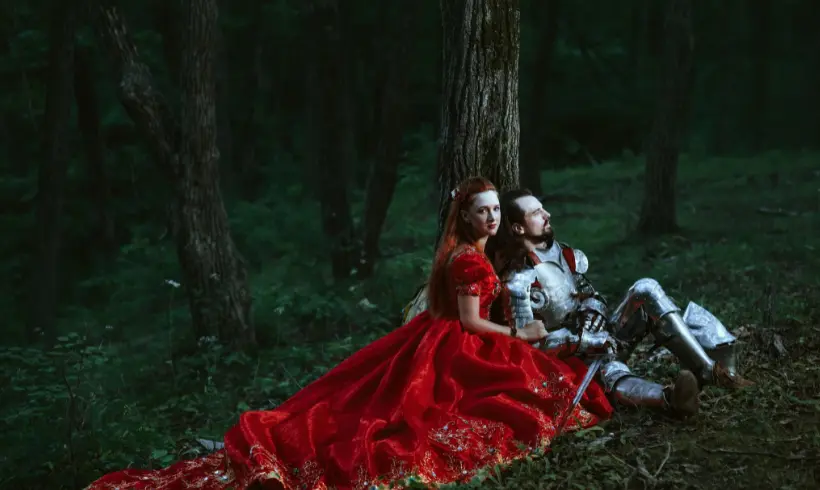Undoubtedly, the novel of chivalry is one of the most influential narrative subgenres in the world, specifically because of its historical importance for the epic genre.
But at what point did the popularity of these stories come about, and how does the novel of chivalry differ from other novels? These answers, and many more, will be answered below.
Before getting into the subject, we will make a small reflection on the novels of chivalry and their inevitable relationship with Don Quixote.
It is impossible to talk about the chivalry novel without talking about Don Quixote. The character “de la Mancha” was a fan of the figure of the knight hero, to the point of sacrificing his property to have as many books of chivalry as possible.
The influence of these stories was such that he put on a suit of armor and decided to go out into the world to create his own adventures. It could be said that it was his vehicle and code to live freely certain experiences.
At the end we invite you to visit:
| Best Books: The Best 20 Novels [Paid]
| Gifts Books: The Best 5 Novels to Give as Gifts
What is a chivalry novel?
The novel of chivalry is a narrative genre written in prose and verse that emerged during the fifteenth century to break with most elements of medieval literature, but differing well from the Renaissance style.
The success of these stories is based on the influence of their values and adventures on later generations of writers.
During the medieval period, the life of knights was linked to royalty and the court. Chivalry was practiced by princes, kings, squires, and courtiers.
The term was initially associated with a vocation, a social status, a habit, and even an authority.
The chivalry novel immediately connected with readers because it captures people’s social expectations and ideals.
Through this type of literature, authors were able to boost the group identity of the knights. Through descriptions of attire, noble steeds, and weaponry, a poetic and idealistic quality was added to the work.
Origin of the chivalry novel
The origins of the novel of chivalry date back to the roman curtois, the first novel written in octosyllabic verse.
This work, written between the eleventh and twelfth centuries in France, presents a Christian warrior who is in love with a woman.
Chivalry novels are inspired by other similar stories and beliefs, such as:
- The books of King Arthur.
- The Crusades.
- The adventures of Charlemagne.
- The folklore.
- The mysteries of the Holy Grail.
- The Knights of the Round Table, among other troubadour exploits.
The influence of Arthurian tales is notable in chivalry novels. Therefore, it is no coincidence that the protagonists of these stories belong to the nobility and have great intelligence and their bravery is unquestionable.
In Europe, these works were very successful, but Spain was the country where the novel of chivalry reached its greatest popularity.
Spanish chivalry novels were also inspired by Arthurian literature and the exploits of Charlemagne and other classical characters.
It is believed that Castillas was the first place where a chivalry book was published. However, the popularity of the genre spread to Galicia, and later, to Portugal.
The lyrical sense that dominated the region created the ideal environment for chivalric literature.
Main characteristics of chivalry novels
The honor of knighthood
Knights are defenders of truth, justice and, above all, their honor. Along the way, the knight will have to overcome many challenges, and one of his main motivations is the honor of going all the way.
Due to the idealization of this hero, “honor” also had a considerable impact on chivalric literature.
Magic and fantasy elements
Fantastic elements are a recurrent resource in chivalry novels. Inspired by epic and adventure, these stories may feature wizards, giants, monsters or any evil entity.
Generally, these characters represent a negative aspect of life that the knight must defeat with his strength and courage alone.
Glorious and violent battles
In this type of book, battles and violent encounters between the hero and his antagonists abound.
Thanks to these battles, knights gained greater reputation, recognition and courage, especially because they faced magical or fantastic characters.
Love as an ideal
Love is one of the strongholds of chivalry books. The most frequent challenge for knights is to win the love of a lady.
However, the circumstances he is going through lead him to suffer in solitude for long periods of time.
Along the way, the knight may meet other ladies interested in his love, but he is always faithful to his lady.
Uncertain or mythical time
The plot of chivalry novels is usually set in an uncertain or mythical historical time, almost always far away.
Thanks to this, the story can be much more idealized, since there is no precise relationship between time and space. The world of these novels is often unknown to most readers.
Influence of morality
During the fifteenth and sixteenth centuries, when the books of chivalry were at their peak, the influence of Catholicism on the arts was unquestionable.
Therefore, knightly tales and novels also include a great deal of religious elements. In most cases, the hero is meant to leave a message about conduct and morals.
Authors of chivalry novels
Garci Rodriguez de Montalvo (1450 – 1505)
He was a Spanish writer who was born during the pre-Renaissance period, specifically during the last stages of the rule of John II.
He is the author of Amadís de Gaula, the most acclaimed chivalry novel written in Spanish. From 1480 and for the next 15 years, Garci Rodriguez de Montalvo managed to adapt and give life to the primitive work.
Later, he wrote The Adventures of Esplandián (1510), which represents the fifth book of the Amadís de Gaula cycle.
It tells the story of the son of Amadis. It is generally considered a masterpiece of universal and medieval literature.
Feliciano de Silva (1486-1554)
Feliciano de Silva was one of the most representative Spanish writers of the chivalric genre. He was in charge of giving continuity to Amadís de Gaula and La Celestina, a tragicomedy whose authorship is attributed to Fernando de Rojas.
In this sense, he was the author of Segunda Celestina, published in 1534, which mixes satire, picaresque and verse.
Regarding Amadís de Gaula, the author wrote several books about this cycle. Miguel de Cervantes and other authors of the time questioned Feliciano de Silva’s style.
Although his work was not valued in his time, he is believed to be one of the writers who made the greatest contributions to Spanish literature during the Golden Age.
Miguel de Cervantes (1547 – 1616)
Miguel de Cervantes is the author of Don Quixote, a reference of chivalry literature and one of the most important works of universal literature.
The book represents a masterful parody of the chivalric genre and seeks to capture the ideals of the human being. Cervantes was also a playwright, soldier and poet.
Many authors consider Don Quixote to be the first novel of the modern era. The author’s travels and his experience as a convict had a significant influence on his work.
In 1605, when Don Quixote was published, Cervantes had great success. However, the author always had to deal with the absence of money.
We hope this article has been useful for your research on the subject, our goal is that you get the right guide to get you on the right track as a reader and/or writer. Chivalry novels are undoubtedly an important topic.
If you are looking for inspiration, want to study a subject in depth or just want to feel the pleasure of reading, then we invite you to take a look at our extensive collection of +3,500 free books.
Other articles that may interest you

In the following article, you will find all the elements that make it possible to build the structure of a…

If you want to know the definition of a romance novel, its origins, and its main characteristics, this article is…

In the following lines, we tell you everything you need to know about the crime novel, including its main characteristics,…

The epistolary novel is one of the most influential literary styles in history. In this type of work, the story…

In this article, you will find the literary genre to which the novel belongs, but only after knowing the importance…

Whether to entertain or escape reality, we look for good stories to connect with our emotions, such as the satisfaction…

Below, we've compiled for you our top 10 novels that were made into movies. If you've made it to this…

Below, you will find our top 10 novels you should read. We are clear that many titles from our list…

This article contains all the information you need about adventure novels, from their origins and most relevant characteristics. In addition,…

In this article, we will explore the science fiction novel, its meaning, origins, most important characteristics, and you will learn…

In this article, we will show you the most important characteristics of the didactic novel, its most important works, and…

What is the dystopian novel and what characteristics differentiate it from other novels? When did this style originate? What are…

In this article, we will discuss the concept of the historical novel in the literary context, its origins, and its…

Below you will find all the information you need about the novel as a literary genre, including its origins, characteristics,…







